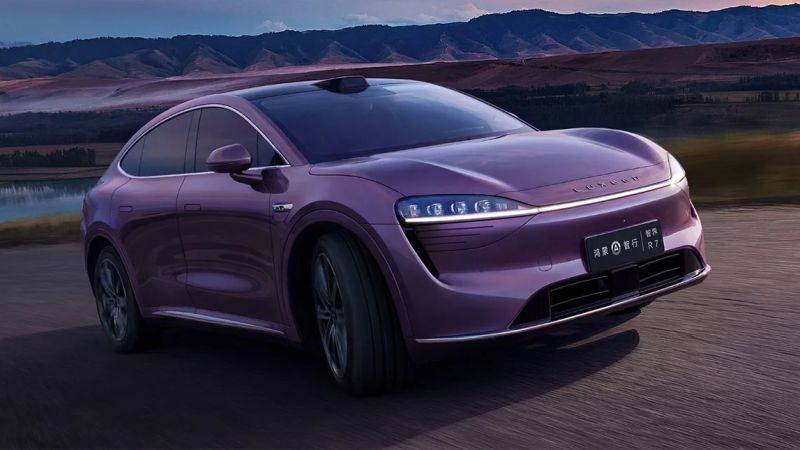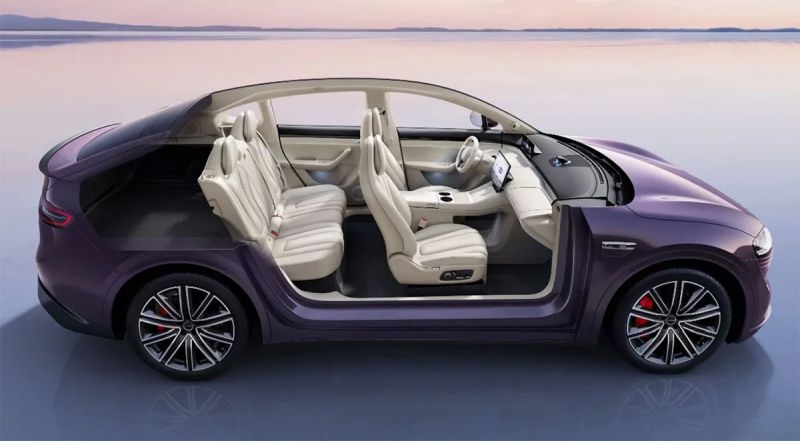The status of the Tesla Model Y electric crossover as the best-selling car in the world clearly haunts Chinese competitors, who are doing their best to displace the position of this vehicle, at least in the domestic market of China. Under the Luxeed brand, the Huawei and Chery alliance is launching the R7 electric crossover, which in China is offered at a price of $36,940.

This is the second electric vehicle model under the Luxeed brand and the first crossover on the HIMA platform developed by partners. Before that, it was tried on by the Luxeed S7 sedan. The letter “R” in the crossover designation, according to Huawei, should be associated with the term “Revolution” and symbolize a breakthrough and destruction of stereotypes. The car will be offered in four variants, the middle two of which will be called Max, and the junior and senior – Pro and Ultra, respectively. Prices will start at $36,940 and end at $48,316, but only the latter comes with all-wheel drive.
The middle and senior configurations will begin shipping on October 15, while the junior configuration will have to wait until November 15. Pre-orders began to be accepted on September 10, and since then Huawei has been able to accept more than 30,000 applications. As company representatives admitted, with current supply volumes and price levels, the model will be unprofitable, bringing up to $4,266 in losses on each copy. Over time, however, the model should become profitable, as Huawei representatives expect.

Huawei’s Giant Whale platform uses a voltage of 800 V, which not only improves the efficiency of traction battery consumption, but also reduces express charging time. The overall dimensions of the crossover are 4956 × 1981 × 1634 mm with a wheelbase length of 2950 mm. This combination provides a spacious layout of the cabin space. Single-engine crossovers are rear-wheel drive; they accelerate to 100 km/h in 5.9 seconds; the all-wheel drive flagship version reaches this milestone in 3.9 seconds.
The capacity of the traction battery can be selected from two values: 82 and 100 kWh, the cruising range without recharging in the CLTC cycle varies between 667 and 802 km. Huawei worked on on-board automation and equipped it with a Tuling “smart chassis” with a road surface recognition system. Active driver assistance is provided by the Qiankun ADS 3.0 system, also developed by Huawei. It allows you to park a car without a driver in the cabin and call it from a parking space, as well as send it back in unmanned mode.